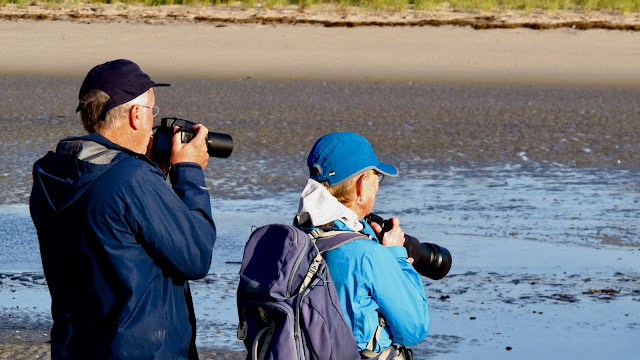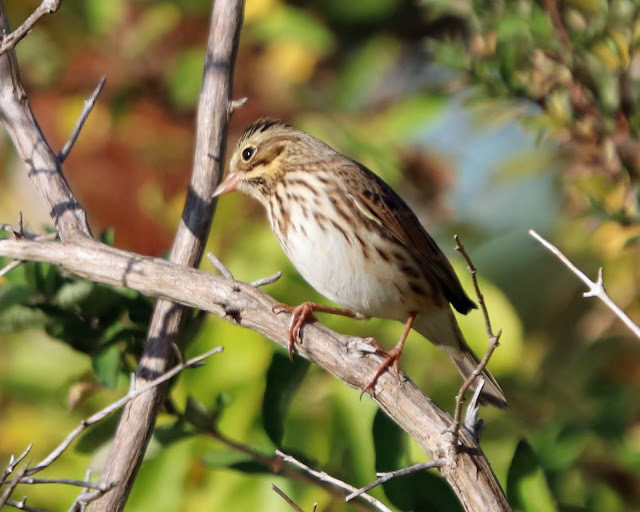UPDATE 1/23/20 - WATCH A VIDEO ABOUT THE FIRST JERICHO-UNDERHILL CHRISTMAS BIRD COUNT on Mt. Mansfield Community Television
Every winter for over a hundred years now, all around the northern half of the globe, people choose a day to get outside and count birds. Some drive, some walk, some ski or snowshoe, while others watch their own backyard feeders.
Every winter for over a hundred years now, all around the northern half of the globe, people choose a day to get outside and count birds. Some drive, some walk, some ski or snowshoe, while others watch their own backyard feeders.
 The
Audubon Christmas Bird Count (CBC) was begun in 1900 as an alternative to the popular Christmas Day hunts that resulted in huge piles of dead birds. It's now the longest running citizen science
project in the world. The vast amount of data gathered has provided invaluable
information about the numbers and health of wintering birds.
The
Audubon Christmas Bird Count (CBC) was begun in 1900 as an alternative to the popular Christmas Day hunts that resulted in huge piles of dead birds. It's now the longest running citizen science
project in the world. The vast amount of data gathered has provided invaluable
information about the numbers and health of wintering birds.There are several CBCs in Vermont. Four of them cover areas not far from Underhill and Jericho, but not a single one actually counts the birds right here in our communities. We’ve got lots of diverse habitats, knowledgeable birders, and lots of birds - so we decided to start a Christmas Bird Count right here!
A posting on Front Porch Forum and one on the Vermont birders' listserv resulted in more than twenty volunteers, several with extensive experience with CBCs.
Maeve sketched out rough circle, in pencil, on two pages torn out of a road atlas.
Then she divided the circle into five sections and started making lists of roads and neighborhoods to be canvassed. The whole project really took shape when one of our group, Judy Bond, took the sketch and turned it into a beautiful professional map with different colors for different routes.
Christmas Bird Count circles have to be accepted by the National Audubon Society, but the organization strongly suggests at least one trial year before applying for official status. We decided on December 22 for our "shake-down cruise".
We lucked out with the weather! The day was mild and almost windless, with just a bit of snow on the ground.

Seven cars canvassed the Jericho, Jericho Center, Underhill, Underhill Center, and Jericho-Bolton areas, driving slowly through neighborhoods.
 |
| Our car - bathed in the mud of Jericho dirt roads! |

We were sometimes watched by curious neighbors!
This pigeon came out of its roosting place to see what was going on.
The birding groups didn't have time for a lot of photography, but Bernie managed to capture a few photos of birds that didn't move!
We met at JCAT in the evening to tally our results and share food and stories.
We had seen 34 species of birds - over 2000 individual birds! Some species, such as chickadees and blue jays, were seen by every one of the seven birding groups. Others were much rarer, including a few Ruffed Grouse and one lone Belted Kingfisher that had stayed behind when most of its kind migrated south. The full list is below.
The first-ever Jericho-Underhill Christmas Bird Count included the following birders: Jason Crooks, Judy Bond, Jeff Hullstrung, Eric Wood, Shirley Zundell, Jacob Crawford, Grace Nelson, Evergreen Erb, Isis Erb, Sabina Ernst, Terry Marron, Michele Tulis, Bill and Renata Banke, Spencer Hardy, Jim Morris, Maeve Kim, Bernie Paquette, Tom Jiamachello, Elena Bray, Claire Gaboree and Chris Butler.
We were helped by neighbors who invited us to look at their feeders and others who stopped us to tell us about nearby birds.
Our
next task is to apply to the National Audubon Society for official status as
the Jericho-Underhill CBC. We hope to be counting our local neighborhood birds
again in 2020! And we hope to be together again, enjoying nature and chilly, early morning camaraderie!
A few finches from the day:
 |
| a surprisingly large group of Purple Finches |
 |
| American Goldfinch |
Eastern Bluebird, Northern Cardinal, Black-capped Chickadee, Brown Creeper, American Crow, Mourning Dove, House Finch, Purple Finch, American Goldfinch, Ruffed Grouse, Cooper's Hawk, Red-tailed Hawk, Sharp-shinned Hawk, Blue Jay, Dark-eyed Junco, Belted Kingfisher, Golden-crowned Kinglet, Red-breasted Nuthatch, White-breasted Nuthatch, Barred Owl, Rock Pigeon, Common Raven, American Robin, House Sparrow, Song Sparrow, American Tree Sparrow, White-throated Sparrow, European Starling, Tufted Titmouse, Cedar Waxwing, Downy Woodpecker, Hairy Woodpecker, Pileated Woodpecker, Winter Wren
Official CBCs also tally birds seen during "count week": three days before and three days after the count day. Bill and Renata Banke added one species to our list on 12/20: a lingering Great Blue Heron!
Thanks to fellow birders who sent photos from the day - Tom Jiamachello, Grace Nelson, Jeff Hullstrung.
Thanks to fellow birders who sent photos from the day - Tom Jiamachello, Grace Nelson, Jeff Hullstrung.






























































































